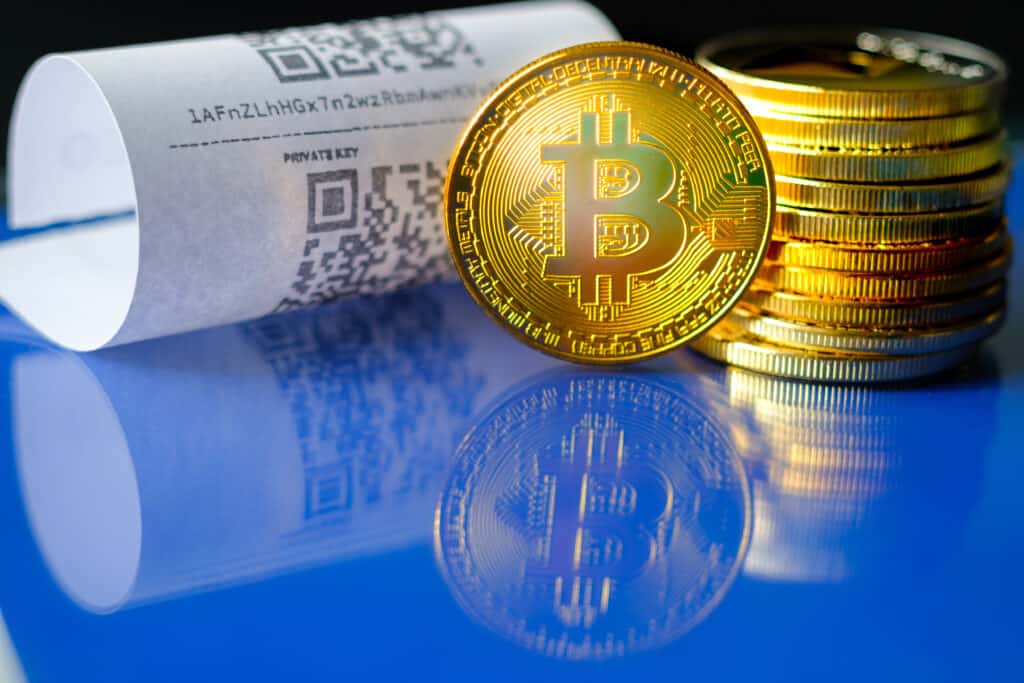In the ever-evolving world in the ever-changing world of Paper Wallet, one of the most reliable and oldest methods of storing Paper Wallet securely remains the paper wallet. This is a notion that stands in stark contrast with the digital aspect that is Paper Wallet itself, offering a tangible representation of one's digital assets. Essentially, a Paper Wallet is a physical document with an address to receive Paper Wallet and a private keys for spending and transferring it. Although there are many hardware wallets and software wallets, paper wallets continue to attract people due to their convenience and security.

Fundamentally, an Paper Wallet is a physical document containing the public and private keys necessary for accessing and managing Paper Wallet funds. Keys, as represented by QR codes or strings of characters that are alphanumeric, serve as the gateway to the Paper Wallet addresses on the blockchain. Contrary to digital wallets that are stored on computers or mobile devices, paper wallets offer the option of offline storage which makes them invulnerable to online hacks and vulnerabilities.
Creating a Paper Wallet is the process of creating a pair of keys securely and then printing them onto physical media like metal or paper. Numerous web-based services and tools allow for the production of paper wallets. They often include other features, such as encryption and passphrase protection for enhanced security. However, it is essential to take care and use reliable sources in order to stay clear of fake services or fraud.
Designing a Paper Wallet is a fairly simple process, that requires minimal technological expertise. Numerous online tools and software applications are available to generate safe and secure wallets made of paper. You can easily create a new wallet address and its counterpart private key that can then be printed or written down in a tangible medium. It's crucial to ensure that the creation process takes place using a secure and trusted device, preferably one that isn't connected with the internet, to avoid any security threats. To receive further information please look at bitcoinpaperwallet.com/bitcoinpaperwallet/generate-wallet.html

Another possible risk of Paper Wallets is the lack in convenience and accessibility to digital wallets. As opposed to digital wallets, exchanges, or software with instant access to funds from any device connected to the internet, paper wallets need physical access to documents to perform transactions. This can prove difficult for those who regularly transact or need quick access to their money. In addition, the process for transferring funds from a physical wallet to a digital exchange or wallet could be more difficult and take longer which requires users to manually input their private code or employ specialized software.
Despite these drawbacks, Paper Wallets remain a viable option for people who value security and storage for the long term. They provide an offline, non-hackable storage device that's resistant to cyber-attacks. However, it's crucial to handle paper wallets with caution and diligence. People must assume responsibility for safeguarding their paper wallets and have backups in the event of loss or damage. Through understanding the risk and implementing proper security measures users can be confident in using Paper Wallets as a secure way to store their digital assets.
Comments on “The Energy of Tangibility: Understanding Paper Wallets”